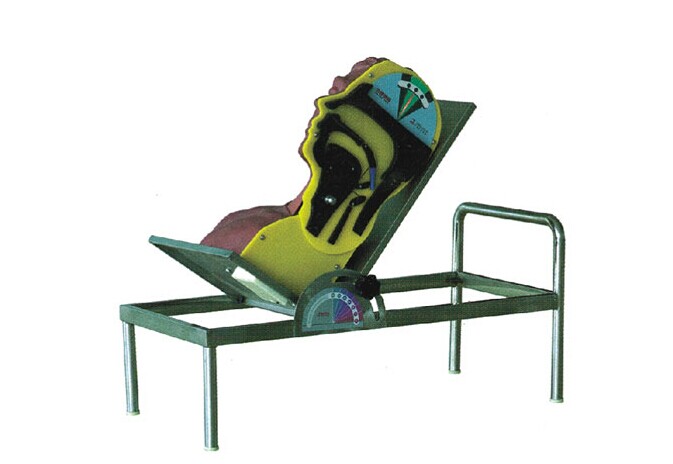13-06-2024
ADA MED SUPPLY LIMITED
Article tag: Swallowing mechanism model medical nursing model
Swallowing mechanism models play a crucial role in helping students understand swallowing disorders. How it contributes to students' understanding is explained in detail below:

Visually simulate the swallowing process:
The swallowing mechanism model can intuitively simulate the swallowing process of the human body, from the mouth to the throat, and then to the esophagus. This simulation allows students to clearly see the movement and coordination of various parts during swallowing, so as to have a holistic understanding of the swallowing mechanism.
Highlights the characteristics of dysphagia:
Models can be specially designed to simulate the condition of swallowing disorders. For example, by simulating pathological states such as tongue weakness and throat muscle dysfunction, students can observe the retention and aspiration of food or liquid in the mouth and throat during swallowing disorders. This intuitive presentation helps students gain an in-depth understanding of the pathophysiological processes of swallowing disorders.
Enhance the Learning experience:
Using the swallowing mechanism model, students can manipulate, observe and feel the swallowing process themselves. This interactive way of learning can stimulate students' interest in learning and improve learning results. At the same time, through hands-on modeling, students gain a deeper understanding of the mechanisms and effects of swallowing disorders.
Combined with case study:
In teaching, teachers can use real cases of swallowing disorders to demonstrate and explain the swallowing mechanism model. This way of case teaching can make students more deeply understand the clinical manifestations, diagnosis and treatment of swallowing disorders, and improve their clinical practice ability.
Promote the integration of theory and practice:
The application of swallowing mechanism model is helpful to promote the combination of theory and practice. On the basis of theoretical learning and practical training through operational models, students can better grasp the evaluation and treatment methods of swallowing disorders. This kind of teaching method combining theory and practice can improve students' comprehensive quality and clinical ability.
Improve learning efficiency and interest:
By studying using the swallowing mechanism model, students can quickly acquire the knowledge and skills of swallowing mechanism in a short time. At the same time, the intuitiveness and interaction of the model can stimulate students' learning interest and enthusiasm, and improve learning efficiency.
To sum up, the swallowing mechanism model helps students to have a deep understanding of the pathophysical process and clinical treatment of swallowing disorder through intuitive simulation of swallowing process, highlighting the characteristics of swallowing disorder, enhancing learning experience, combining case analysis, promoting the combination of theory and practice, and improving learning efficiency and interest.